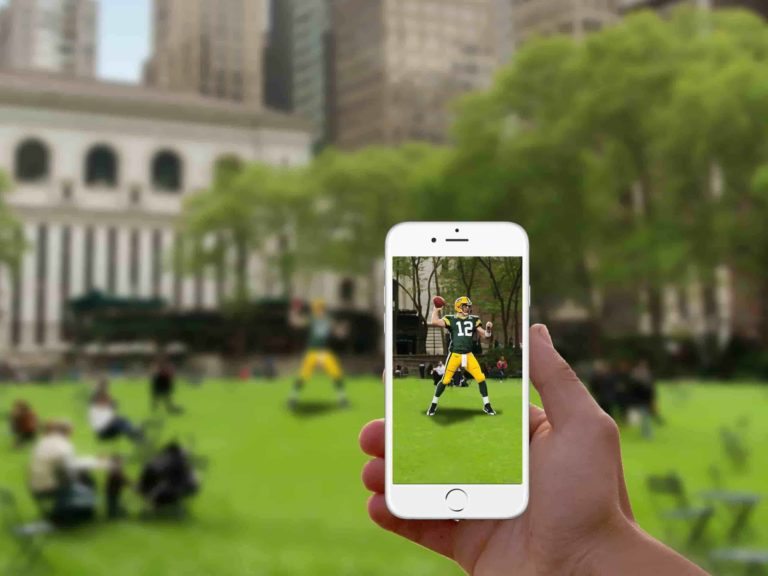
Like many analyst firms, market sizing is one of the ongoing practices of AR Insider’s research arm ARtillery Intelligence. A few times per year, it goes into isolation and buries itself deep in financial modeling. One such exercise recently examined the full spatial spectrum.
By that, we mean the main tentpoles of XR: mobile AR, headworn AR, and VR. These each get their own standalone forecasts, but are also assembled together once per year for a holistic view. We don’t do market sizing around the m-word because, well, it doesn’t exist yet.
So what did this forecast uncover? At a high level, global XR revenue is projected to grow from $15.7 billion in 2021 to $73.1 billion in 2026. This steep growth is driven by the collective revenue generation around several markets, and the projected outer-year inflections in headworn AR.
Drilling down, our latest Behind the Numbers installment looks at the forecast’s outlook for consumer XR app and game development. How much is spent on software and developer tools to build entertainment & gaming apps, as well as web and in-app experiences?
Picks & Shovels
Jumping into the numbers, global consumer XR app & game development spending (software license or SaaS) is projected to grow from $392 million in 2021 to $1.3 billion in 2026. This is a 27 percent compound annual growth rate, representing one of XR’s most opportune subsectors.
As for how this spending breaks down, it primarily includes XR experience creation platforms, but also includes infrastructure and distribution. It doesn’t include overhead like developer salaries & agency fees, nor software to create XR marketing campaigns (measured separately).
Naming names, developer platforms used in consumer XR experience creation include everything from Unity to Niantic/8th Wall. But it doesn’t include platforms like Snap Lens Studio and Meta Spark because they’re free, and positioned to recoup revenue in downstream ad campaigns.
In either case, these players have one thing in common: enabling brands, agencies, or developers to create consumer XR experiences. These enablement functions will grow in demand as XR itself does, because they lower barriers to creation and accelerate time to market.
This makes spending on XR media and games enablement fall into a category we call B2B2C. It will continue to develop as an opportune XR revenue category, as it represents the classic “picks and shovels” that democratize advanced XR experience creation and distribution.
Best of Both Worlds
XR game & app development software also correlates to the growing population of XR developers and creators, which currently number 3.04 million globally. This includes a mix of technical developers as well as a creative professionals that have adopted XR (e.g., Snap Lens creators)
As XR continues to become “table stakes” among brand marketers, this base of XR creative pros will migrate to the medium like osmosis. Beyond hands-on developers and creators, brand marketing departments and ad agencies will increasingly adopt and license XR platforms.
This trend will benefit all XR enablement tools outlined above, but one area we’re particularly bullish on is web AR. The streamlined use case and relative lack of activation energy (e.g., downloading apps) could make web XR pull ahead as a go-to modality for XR development.
We could also see growth in App Clips, which offer the best of both worlds. They contain native-app-like functionality while being activated with easy-onboarding formats like links and QR codes. Adobe Aero continues to App Clips as an XR vessel and we could see others follow.
We’ll pause there and circle back in the next Behind the Numbers installment to drill down on another spatial computing subsegment.






